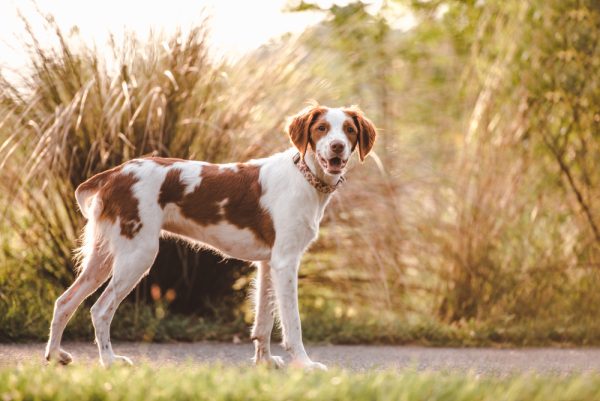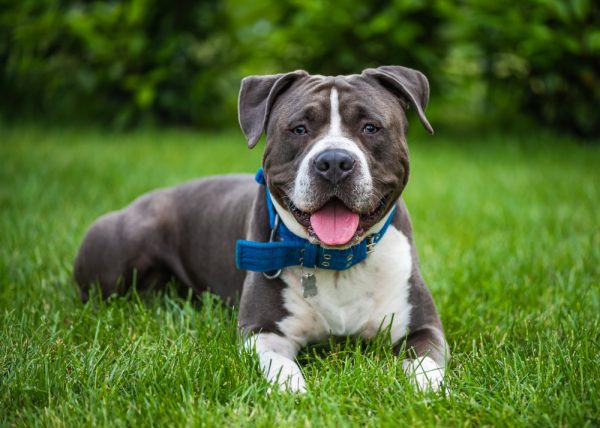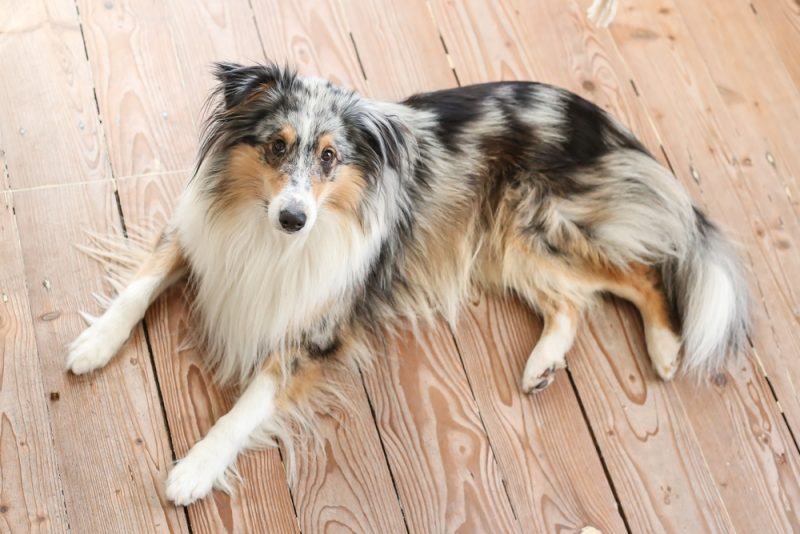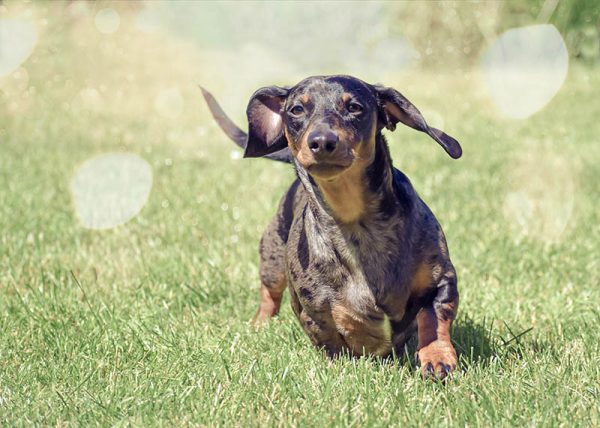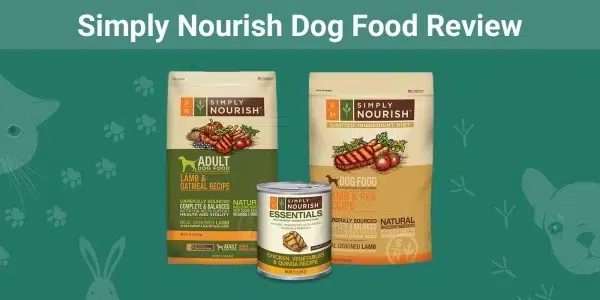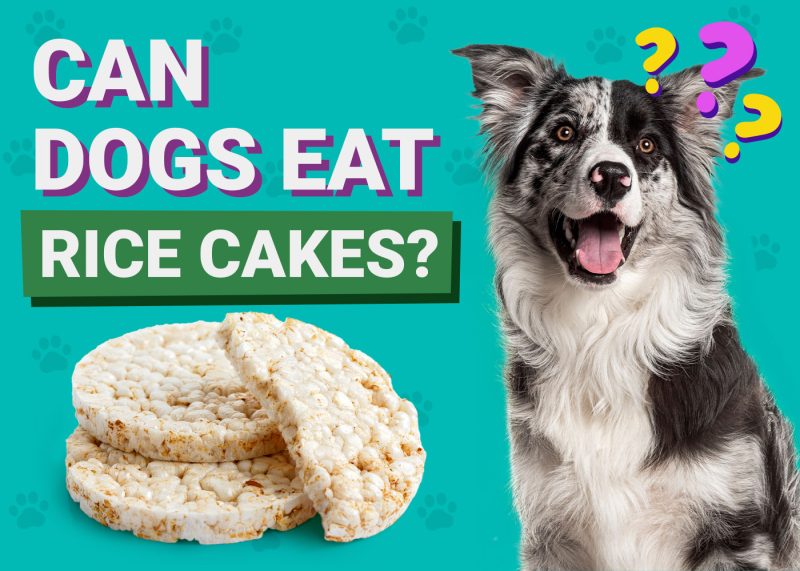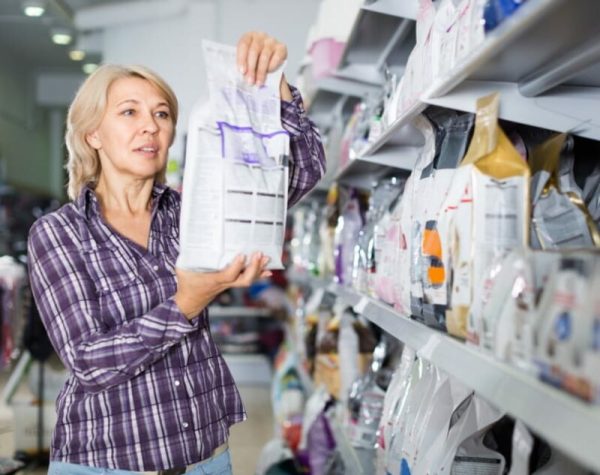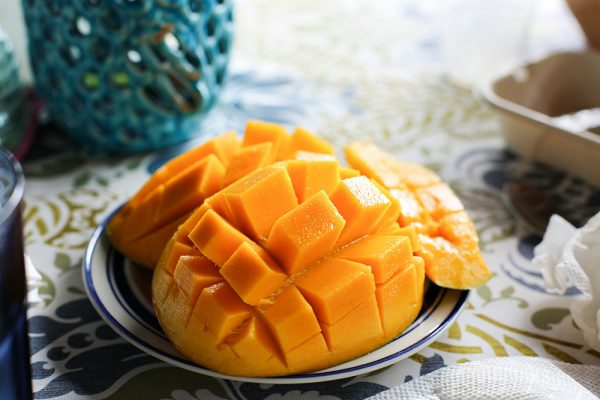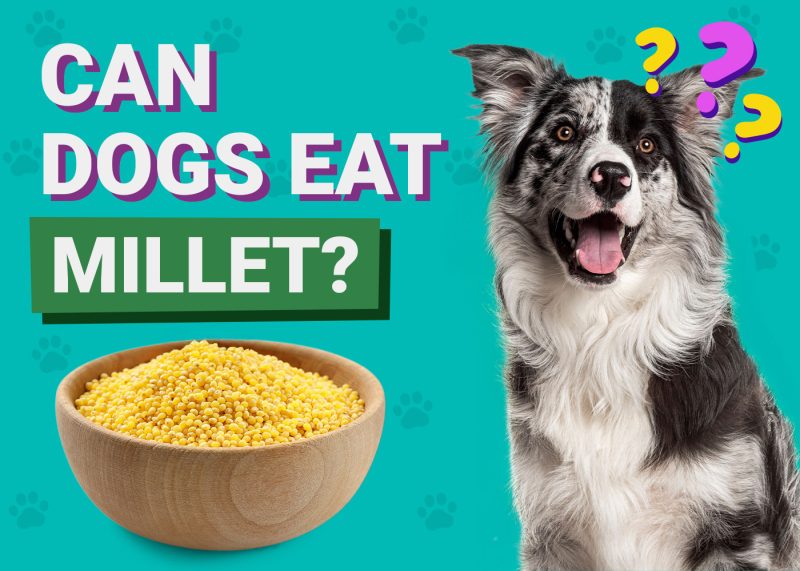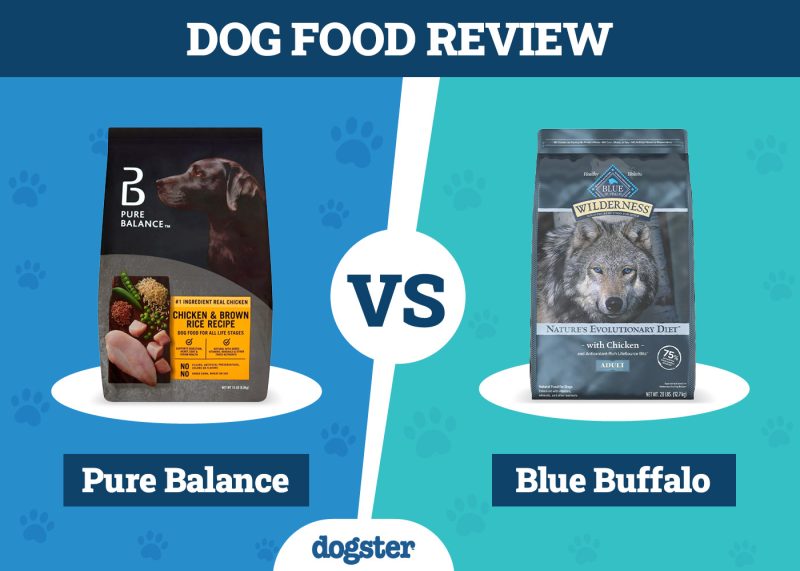In this article
View 2 More +So, you’ve added water to your pup’s dry food to soften it. Or maybe you’re just feeding your puppy wet food. That’s great! Puppies need moist, soft food while their teeth develop. But the time is slowly creeping up to transition your dog to plain dry food. The problem is, you don’t know when to do it.
Well, you’re in luck. We can help you, step by step, with feeding your puppy from newborn to adulthood. Because we know how perplexing it can feel to feed a puppy. So, without further ado, let’s dive in.

Feeding Your Puppy: What to Expect in the First Year
The puppy phase lasts about a year for small dogs and 18 months for large breeds. During this short chapter in their lives, puppies go through a massive growth spurt and learn good and bad behaviors. This is the most impressionable time in their lives, and what they eat matters.
The puppy phase is split into five weekly growth periods. In each period, a puppy eats something different, is slowly introduced to a new food, then moves on to the next period.
Thankfully, introducing a puppy to new food isn’t hard. Most puppies are willing to eat anything. The trick is gradually introducing the new food. Let’s take a closer look at these growth periods to show you what we mean.
1–3 Weeks Old
Few dog owners will actually have their puppy during this phase of life, but some may have to work with a newborn puppy. During this time, the puppy should be nursing on its mother. You shouldn’t have to do much during this phase as long as the mother does her job correctly. If the mother isn’t around, you’ll have to bottle-feed your puppy with puppy formula.
Generally, a newborn puppy should consume about 2 tablespoons of formula per 4 ounces of body weight every 3–4 hours. You’ll have to evenly disperse these feedings over 24 hours. This phase won’t last long. Around 3 weeks, a puppy can start weaning off milk and onto wet food.
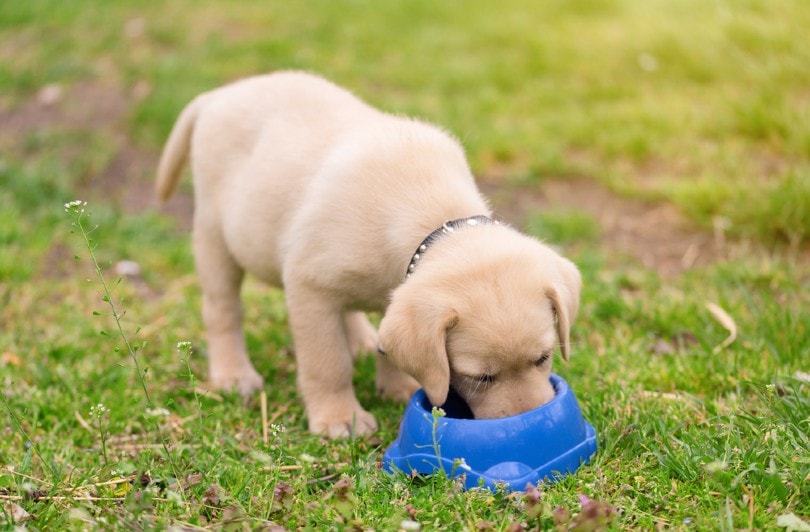
3–6 Weeks Old
At this stage, puppies have opened their eyes and are trying to climb out of their whelping box. This is where you can start weaning your puppy off of milk or formula.
Start by placing the formula in a saucer dish. Mix in small amounts of wet food when your puppy comfortably laps milk out of the dish. Decrease the milk gradually until your puppy eats primarily wet food. You can add some water during this time if needed until your puppy is eating the wet food with no added moisture.
8–12 Weeks Old
Your puppy should be completely weaned off milk at this point and comfortable eating wet food. Now it’s time to introduce dry food.
The process is similar to weaning a puppy off of its mother’s milk. Start by adding some wet food to a saucer dish. Add a few pieces of kibble until your puppy’s dish is 25% dry food. When your puppy happily eats the dry food with the wet food, slowly cut back on the wet food until your puppy eats mostly or all dry food.
You can also add water to your puppy’s dish at this time, but you want to minimize how much water you add. The goal is to introduce dry food as is.
3–12 Months Old
Your puppy will keep eating high-quality puppy food three times per day when it reaches 3 months old. After this point, you can start feeding your puppy twice a day. But don’t cut back on the total volume of food you feed him or her.

A Puppy Feeding Guide (in Cups)
Once your puppy hits the 8-week mark, feeding your puppy will get a bit complicated. How much to feed your dog depends on age, weight, and breed. You wouldn’t provide a 6-month-old Great Dane the same amount to a 6-month-old Yorkshire Terrier. So, consider these factors when feeding your puppy.
The following chart gives you an idea of how much to feed your puppy. But remember, these are only estimates. Talking to your veterinarian is the best way to know how much to feed your dog.
| Puppy’s Weight | 8–12 weeks | 4–5 Months | 6–8 Months | 9–11 Months | 1–2 Years |
| 3–12 pounds | ½–1 cup | ⅔–1⅓ cups | ½–1½ cups | Adult portion | Adult portion |
| 13–20 pounds | ½ –1¼ cups | 1–2 cups | ¾–1⅓ cups | 1–1½ cups | Adult Portion |
| 21–50 pounds | ½ –1½ cups | 1½–2¾ cups | 1–2⅓ cups | 2–3 cups | 2–4¼ cups |
| 51–75 pounds | 1–2⅓ cups | 1½–4 cups | 1½–3¾ cups | 2½–4¾ cups | 2¼–6¼ cups |
| 76–100 pounds | 1–2⅔ cups | 3–3¾ cups | 3–6⅓ cups | 4–7 cups | 6–11 cups |
| 101+ pounds | 2⅔ cups + ⅓ cup for every 10 pounds over 100 | 3¾ cups + ⅓ cup for every 10 pounds over 100 | 6⅓ cups + ⅓ cup for every 10 pounds over 100 | 7 cups + ⅓ cup for every 10 pounds over 100 | 11 cups + ⅓ cup for every 10 pounds over 100 |
Make sure you’re feeding your dog the right amount, check out our dog food calculator here:
The exact amount of calories an individual animal needs to maintain a healthy weight is variable and influenced by many factors including genetics, age, breed, and activity level. This tool is meant to be used only as a guideline for healthy individuals and does not substitute veterinary advice

Can I Keep Adding Moisture to My Dog’s Food?

You’re welcome to keep adding moisture to your dog’s food. We actually encourage it, especially in hot areas where dogs need to stay hydrated at all times. Some dogs may develop a picky habit of only eating moist food over dry food, so keep this in mind.
There are several types of dog food available if you want to include more moisture in your dog’s diet.
- Wet: Meat that comes in a can or pouch with some form of gravy.
- Freeze-dried: Food that’s had the moisture removed at freezing temperatures. Food can be reconstituted with water or fed as is.
- Semi-moist: Refrigerated food that’s gently cooked to retain moisture and nutrients.
- Meal toppers: Small amounts of fresh, moist food added over kibble. These are typically low-calorie and contain few ingredients.
You don’t have to include these in your dog’s food, but it’s a nice way to mix it up instead of feeding your dog the same boring kibble every day. Plus, it allows more flexibility in your budget. Of course, adding water to your dog’s food is the simplest and most budget-friendly way to add moisture. If your dog likes it, we say go for it.

Final Thoughts
So, there you have it. A feeding guide to feeding your puppy for the first year of its life. The 8-week mark is the time to transition your puppy to moisture-free dry food. Once you make it to the 8-week mark, feeding your puppy gets a little easier. The only thing you want to watch is how much you feed your puppy.
If you want to keep adding moisture to your dog’s diet, go right ahead! Take the opportunity to try new pet food brands and see what your dog likes.
Featured Image Credit: Victoria Antonova, Shutterstock


